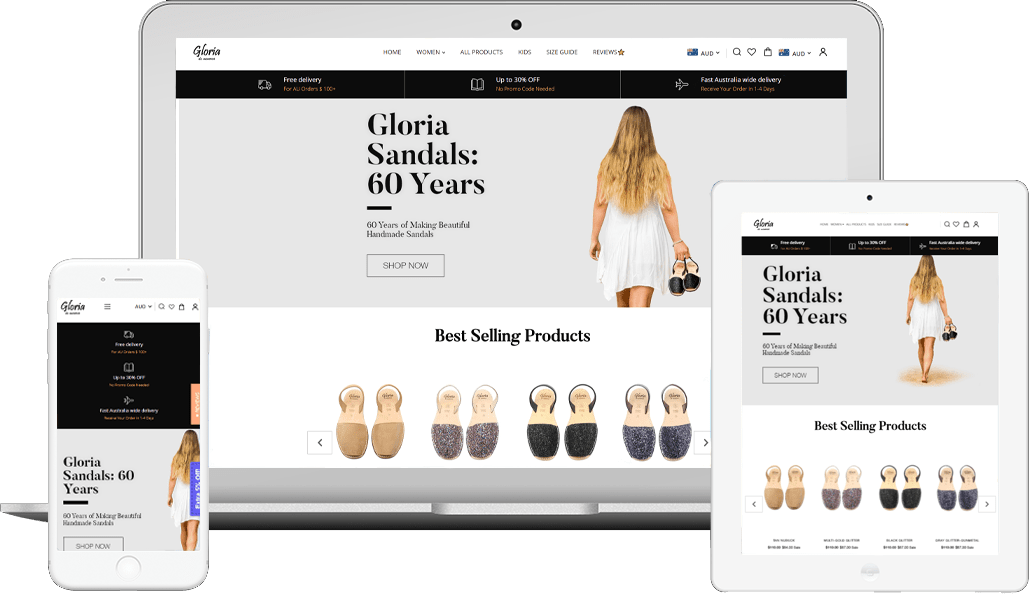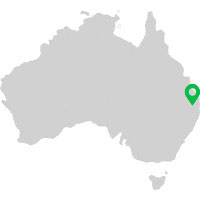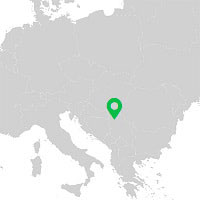

Heading tags are essential to your Search Engine Optimisation (SEO) efforts. They are your best approach toward informing search engines about the importance of your web page. Search robots will easily understand your content through this. It will appropriately refer this page to potential customers who typed the specific keywords in the browser to look for information.
Heading tags have six sizes and they are written according to their importance: h1, h2, h3, h4, h5 and h6. This is how it looks in a raw HTML code:
<h1>Why are Heading Tags Important and How to Properly Use them</h1>
<h2>Structure of Heading Tags</h2>
<h3>Include specific keywords in the heading tags </h3>
<h4>Make your content reader friendly</h4>
<h5>Write your articles in inverted pyramid</h5>
<h6>Use keyword for h1 tag with or without extra words</h6>
This is the reason website owners prefer contents with subheadings.
Yes, it is very important that you place your keywords inside the heading tags. This will allow your SEO copy to obtain a better Search Engine Results Page (SERP). However, you must make sure that you are including specific and not generic keywords. Of course, these keywords must refer to the products or services that you offer. For instance, write Minnesota home repair service instead of just home repair service. This will prevent you from receiving poor indexing. In addition, consider using popular keywords. Find them over the Internet.
Some take so much consideration into SEO writing that they tend to ‘force’ the insertion of keywords even if they do not fit into the sentence. Do not follow this approach or it will annoy your readers. Remember, they are intelligent enough to notice that you are trying to tweak the content to your benefit (or to sell) and not to give them information. Write content in a normal flow.
Because you will tag your headings according to their significance, it is also appropriate for you to use the approach of journalists when writing: the inverted pyramid. Write the most important part of the content in the first two paragraphs. The explanation comes in the succeeding sentences. At the conclusion, summarize what you have written above and of course, highlight what is important.
The reason why this is so important is the concept of scannability. Namely, with headers, you can break up your text into sections that are scanned in a much better manner. Scanning means that people rarely read the entire article (as we’ve mentioned, only the first two paragraphs). Furthermore, people read another paragraph a couple of sections below, and the first couple of words of each line. They read your article in a sort of “F” shape. So remember to place your other keywords and relevant information appropriately. This can then keep some of the readers on the page if you pull them properly.
Do not stress yourself thinking of extra words to include in your keyword for h1 tag. You can write it as it is. On the other hand, do not waste your time trying to fit only your primary keyword for your h1 tag. You can always include extra words for it. What you need to focus on is to make sure that your h1 tag effectively communicates the topic of the whole web page to search robots.
You can opt to make your title page similar to your h1 tag. However, it is better if you create two versions. This is to be able to use new keywords or to specify your keywords further. For instance, this is your title page: “How to Choose Digital Cameras”. Make this as your h1 tag: “Shopping for your Digital Camera in Los Angeles, California”. In your h1 tag, you are able to include the word “shopping” and “Los Angeles, California”, which is the location of your shop.
Header tags are very useful when you use them in conjunction with featured snippets. The reasoning behind this is as follows. First of all, optimising your header tags using long-tail keywords is very useful for snippets. These kinds of keywords (along with voice-optimised keywords) are excellent for snippet creation. The second reason is that smaller headings and subheadings are perfect for lists, which are important for featured snippets. They are great for any bullet points and numbered lists that are presented as featured snippet results.
Headings are part of the UX design of a page, no matter what type you are making, or which header tags you are using. Know, an important rule of UX design (unless you’re going for an Avant-garde look) is consistency. And one of the ways in which you can do this is by setting up proper and consistent heading tags. This means both in terms of formatting, as well as phrase structure. If half of your headings and subheadings consist of one or two words, then the other half should be like that as well. A good rule of thumb is that your headers should never be longer than 70 characters.
The heading tags, from h1 to h2, are all supported by key Internet browsers – Internet Explorer, Mozilla Firefox, Google Chrome, Safari and Opera. They do not only divide your content according to how these browsers will view their importance. They also help search robots understand the thought of your articles easily. For this reason, they can readily position your website in the results page that searches for related keywords.


How to Develop a Unique Digital Marketing Strategy for E-Commerce


How to Generate Traffic from Facebook Page








Dunavska 13
21000 Novi Sad, Serbia